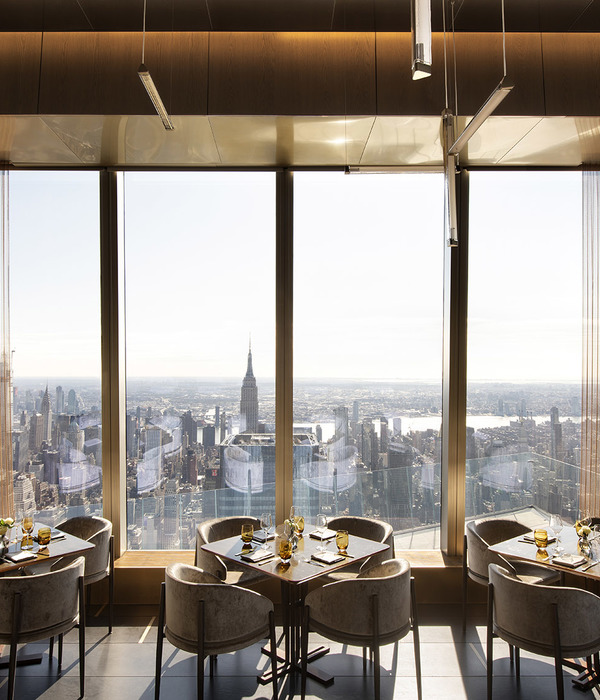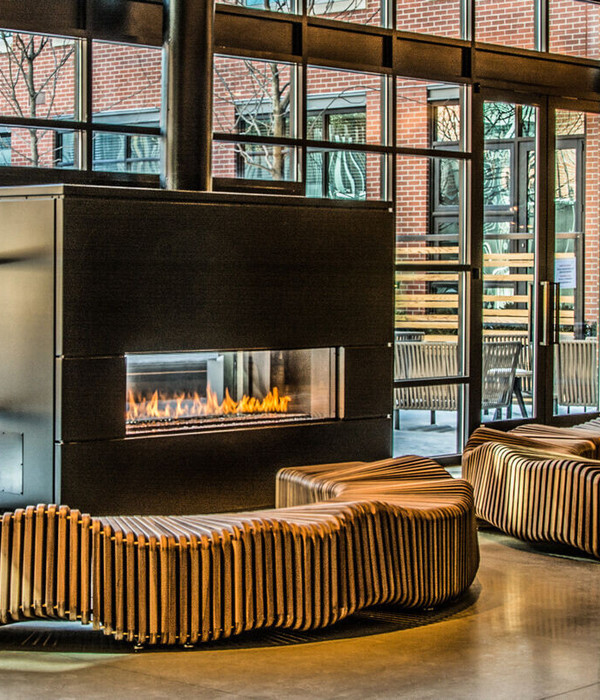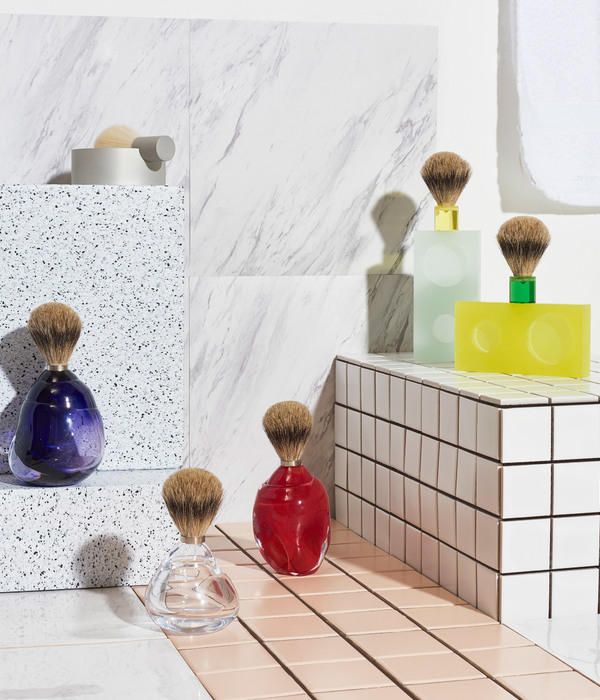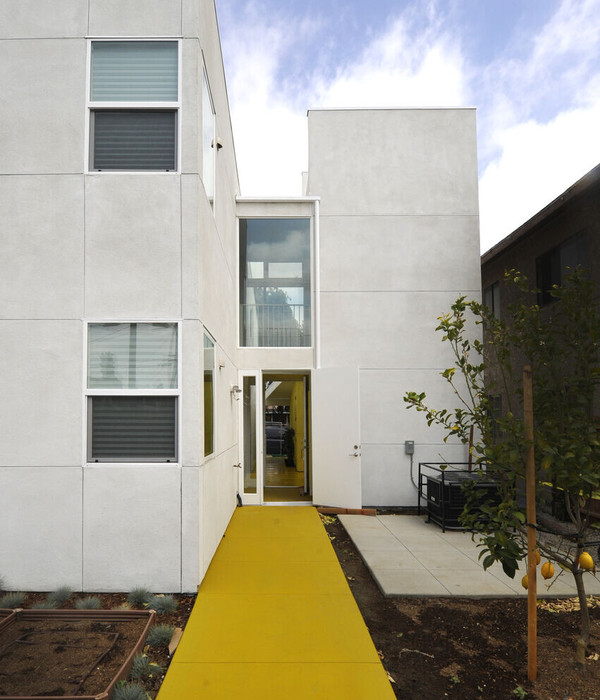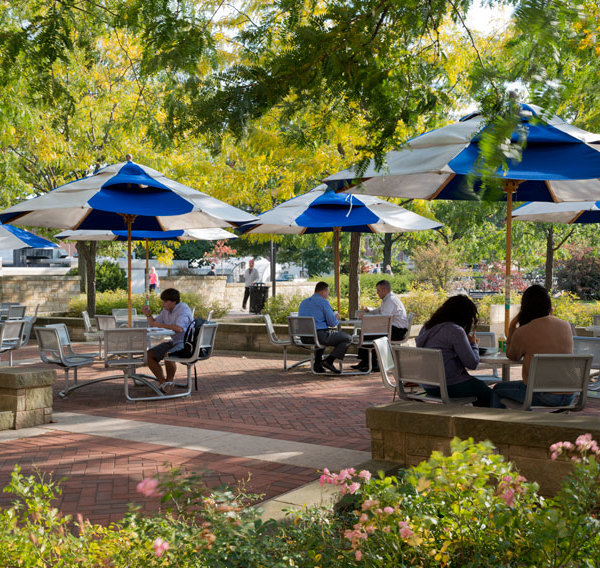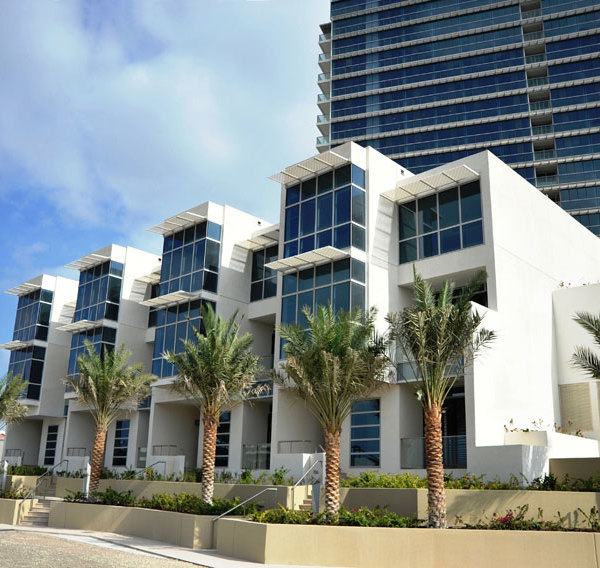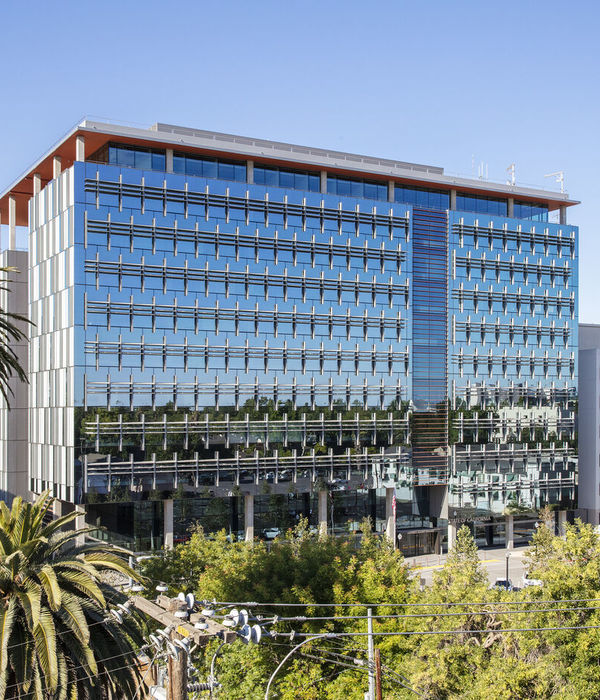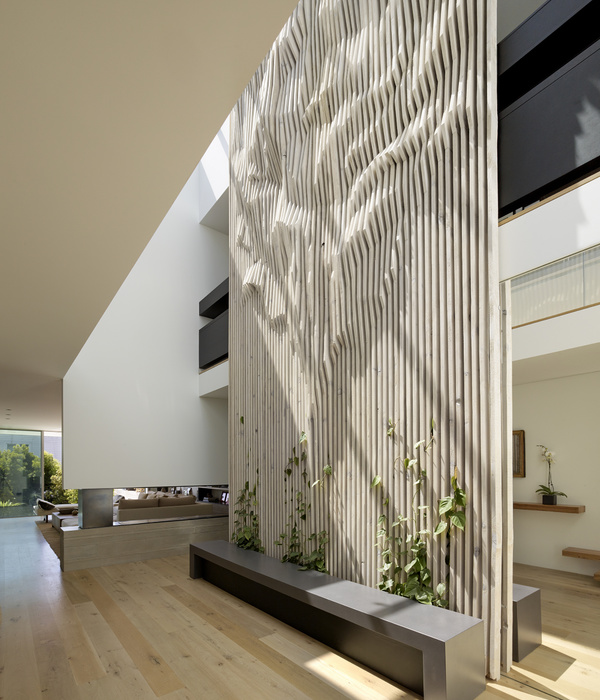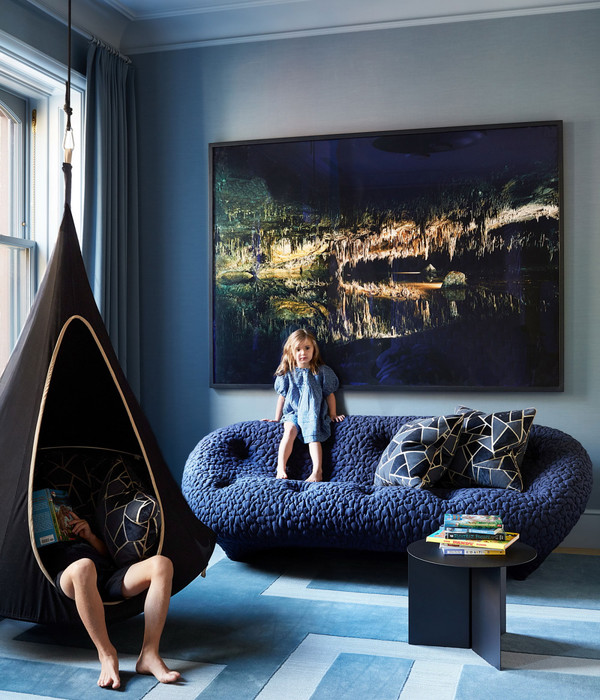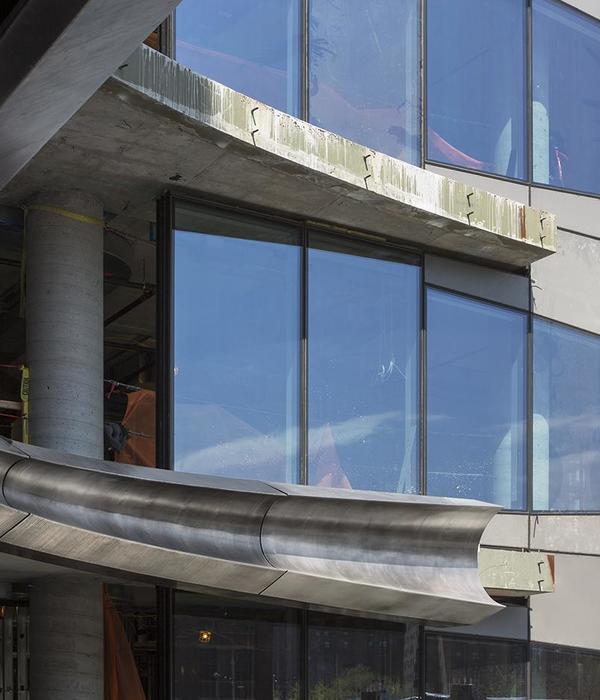Architects:k59 atelier
Area :234 m²
Year :2020
Contractor :GB Construction
Architecture And Interior Design : Phan Lam Nhat Nam, Tran Cam Linh
City : Thuận An
Country : Vietnam
Thuan An town is a border area between South Binh Duong and North Ho Chi Minh City. T. Because this is a peripheral area, it has low construction density with many trees and gardens. In recent years, with rapid urbanization, many residential areas have sprung up with a variety of “city architecture” types. Gardens and orchards are continuously erased and replaced by roads and housing plots which will become typically row house projects.
Binh Duong House is an interesting project when we had to change the land and design plan (row house ) when the Covid-19 epidemic broke out. Because of the economic issue, the client had to sell the housing plot near the main road and chose to build a house inside their own restaurant’s garden. Through the survey, we decided to choose the location at the end of the land to ensure privacy and quiet for the owner, also reviving the forgotten location. (A place to store garbage and scraps from the restaurant).
At the site, we were impressed by the eleven existing trees and open views. Through the process of surveying, measuring, and drawing to record the position and size of the tree canopy, we found that Indian laurel trees have strong vitality with complex underground roots and sub-roots spreading on the ground. The design team must pay attention to the foundation infrastructure and the tree root that they can damage each other. Based on observations about the characteristics of each individual in the family: activities, personality, needs ... along with the surrounding context, we begin to imagine the hidden spaces under the trees canopy, looming behind the huge walls at the end of the road; so that when stepping there- between the opening of two walls, other cool spaces reopened again.
There are 5 design criteria & thinking :
Dialogue between house & restaurant; reviving a forgotten area Preserving eleven existing green trees Traditional space in modern life Using the long- time materials . Door and window as a connection element from inside & outside
The most special thing for us in this project is eleven trees exist in the land - there are three-star fruit trees and nine Indian laurel trees that were planted 20 years ago by the owner. Nowadays, they are 11 meters tall and have a large canopy covering the whole land. We believe that trees are like humans, they have their own souls, community, and voices, so we decided to keep all the trees that are available for a long time on the land. Through the process of surveying and measuring, drawing, and recording the position and size of the canopy, we found that Indian laurel trees are plants with strong vitality, the root system is complex and spreads on the ground level.
The design team must pay special attention to the foundation infrastructure (choosing the option of pressing anchor piles instead of making raft foundations) to avoid expanding the size of the foundation, they will harm the life of the tree as well as the spreading root system below. We also consider the reverse influence of the tree’s root on the building foundation in near future. The process of keeping trees for construction is a difficult battle when we have to directly supervise the process of pressing anchor piles day by day to minimize the damage to the root and main branches of the tree.
We are especially impressed with the creativity and dedication in the details of Vietnamese craftsmen. In Binh Duong House, we use local workers with traditional construction techniques & handmade doors. We always think of their ingenuity of them, especially in steel door making, they are very good at creating different types of doors that adapt to different locations in the house and a variety of uses (folding door, sliding door, revolving door, flip-door). A long time ago, Binh Duong and Dong Nai provinces are famous for brick and tile making. We often call this area the “capital of bricks and tiles ”. From floor tiles, wall bricks to roof tiles, the traditional craft here provides enough building materials for the entire southern region. Terracotta is a traditional material and merges with the image of the people here. We wanted to reuse and transform with a diverse and flexible architecture layout.
Respecting the character of the land, preserving the local culture & respecting the climate and surrounding landscape, we always want to protect existing trees, species, as well as existing ecosystems that we have known and observed for a long time. Rapid urbanization turns rural areas into suburban or semi-urban areas. Following the expansion of the city, “City architecture style” was quickly popularized and built-in existing rural houses or gardens. The system of perennial trees was cut down, canals were filled, and replaced by roads and urban houses. Disadvantages of this development: The underground freshwater source for the orchard is polluted due to the concreting process, construction waste, and destroyed tree system.
Binh Duong House has two sides adjacent to canals leading water throughout the northern and eastern orchards garden. The first thing we thought about was protecting the water stream from pollution and the existing greenery system. The infrastructure uses 2 different types of underground tanks to purify dark water one is set near the toilet for containing gray water and the other tank purifies them before flowing into the canal. We are also interested in rainwater for irrigation. These big bots are arranged at the water collection pipe to collect rainwater when it is necessary to irrigate. The outdoor trees are preserved and brought into the indoor courtyards, we use the tree position to define the house instead of doing the opposite.
Thinking about respecting and preserving trees as well as considering underground filter system has been invisible in general, but it plays a very important role in shaping our architecture discipline: sustainability in architecture not only from the work above but also the hidden part of the architecture (the underground part): foundation infrastructure, water supply, drainage system, soil layers, groundwater, the system of tree root are intricately intertwined and active underneath.
We always believe that: “Architectural work is a response from the current state of the land, we will read local factors through the language of architectural design and structure, topography, soil layers, trees, and local people ... the people who belong to that place will gradually shape their lifestyle habits and typical architecture. We always respect that and want to maintain it in today's era of urbanization and modernization. Binh Duong House is our conversation about new things and old values. The house seems to have no boundaries: the whole house blends into the tall trees, daily activities connect people with people, people with animals and birds. Indeed, peace and serenity are feeling every time we have the opportunity to visit again”
▼项目更多图片
{{item.text_origin}}

